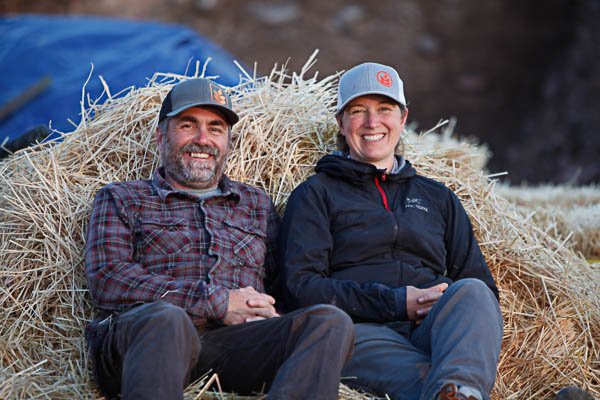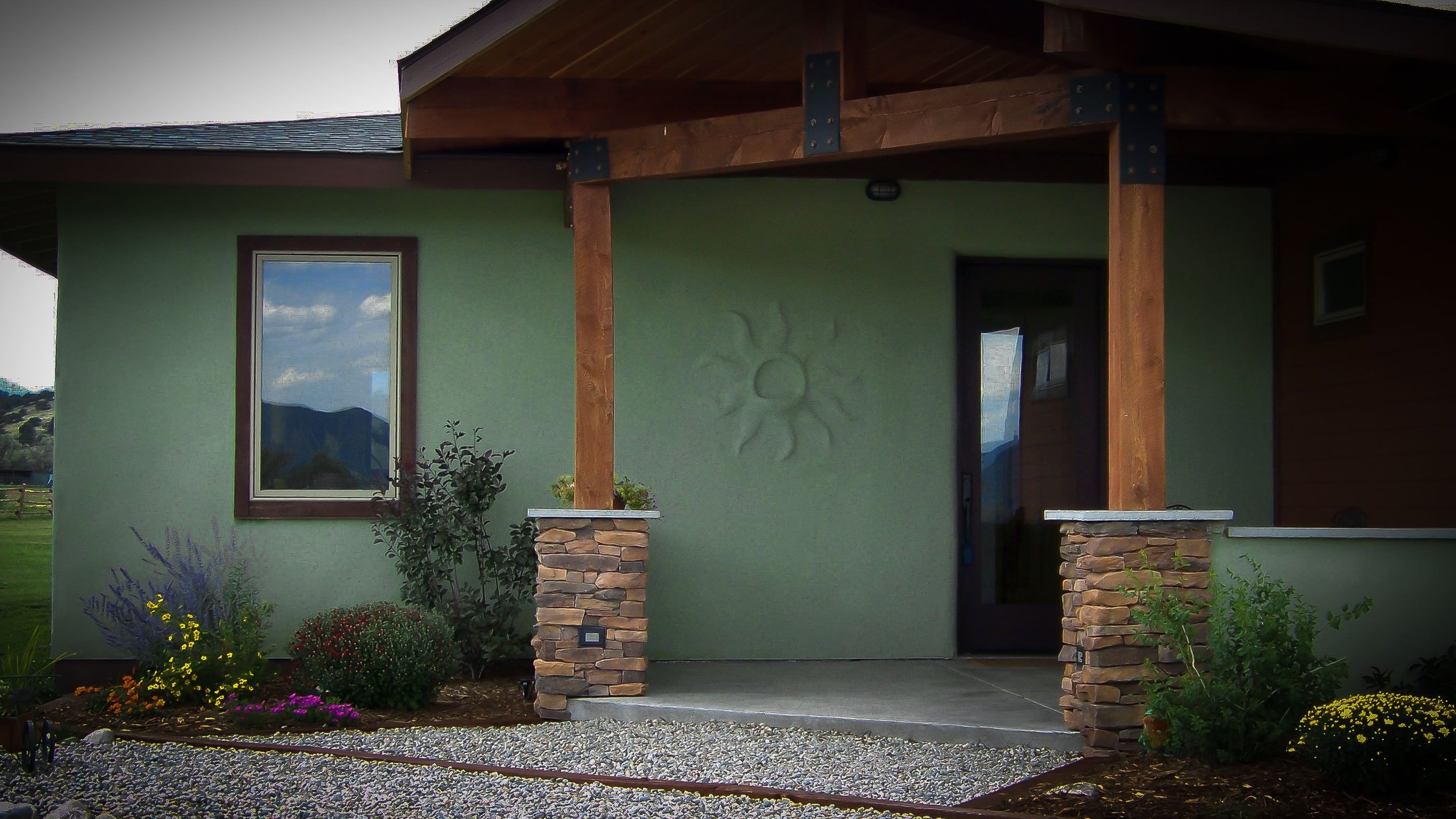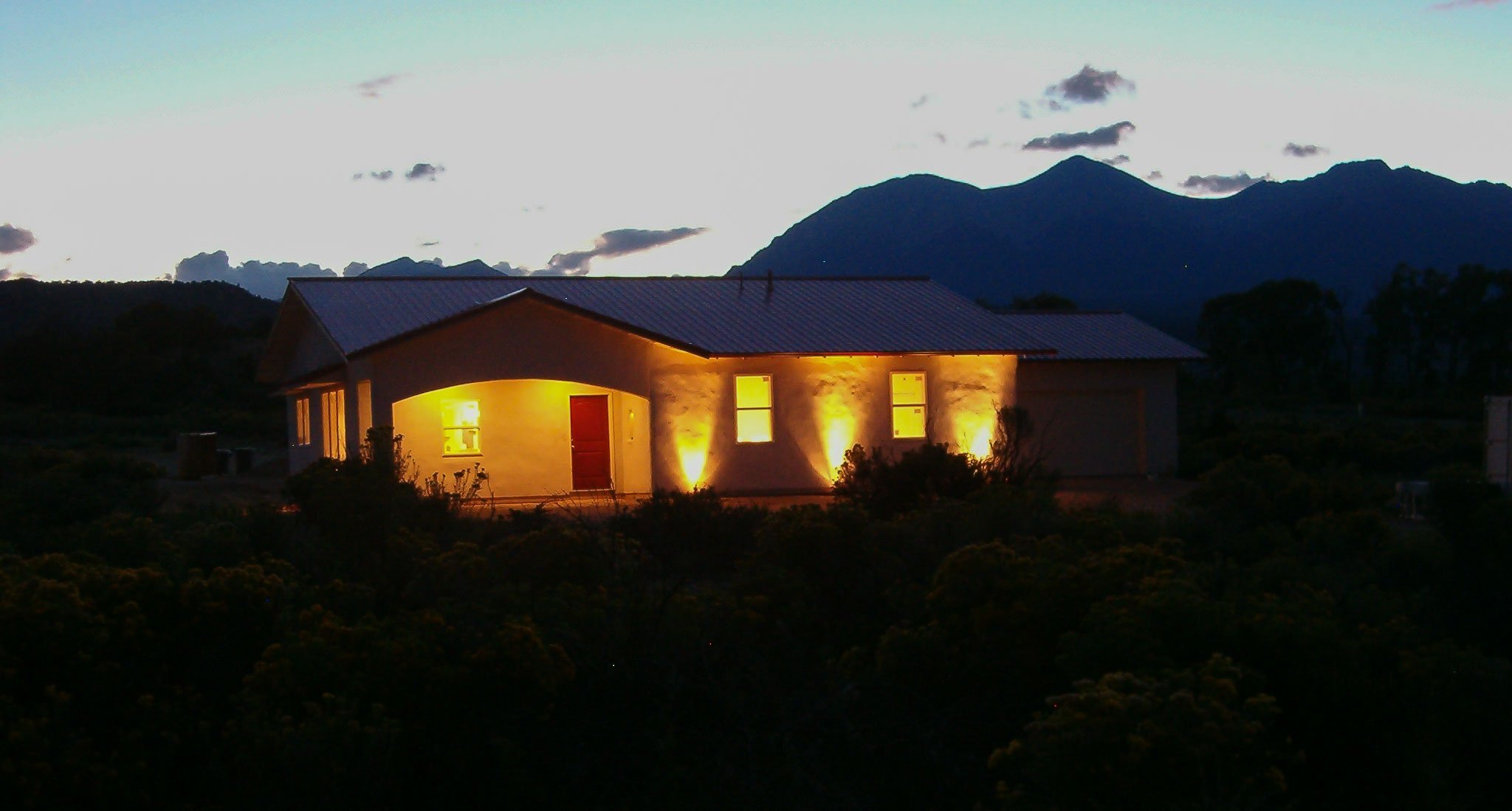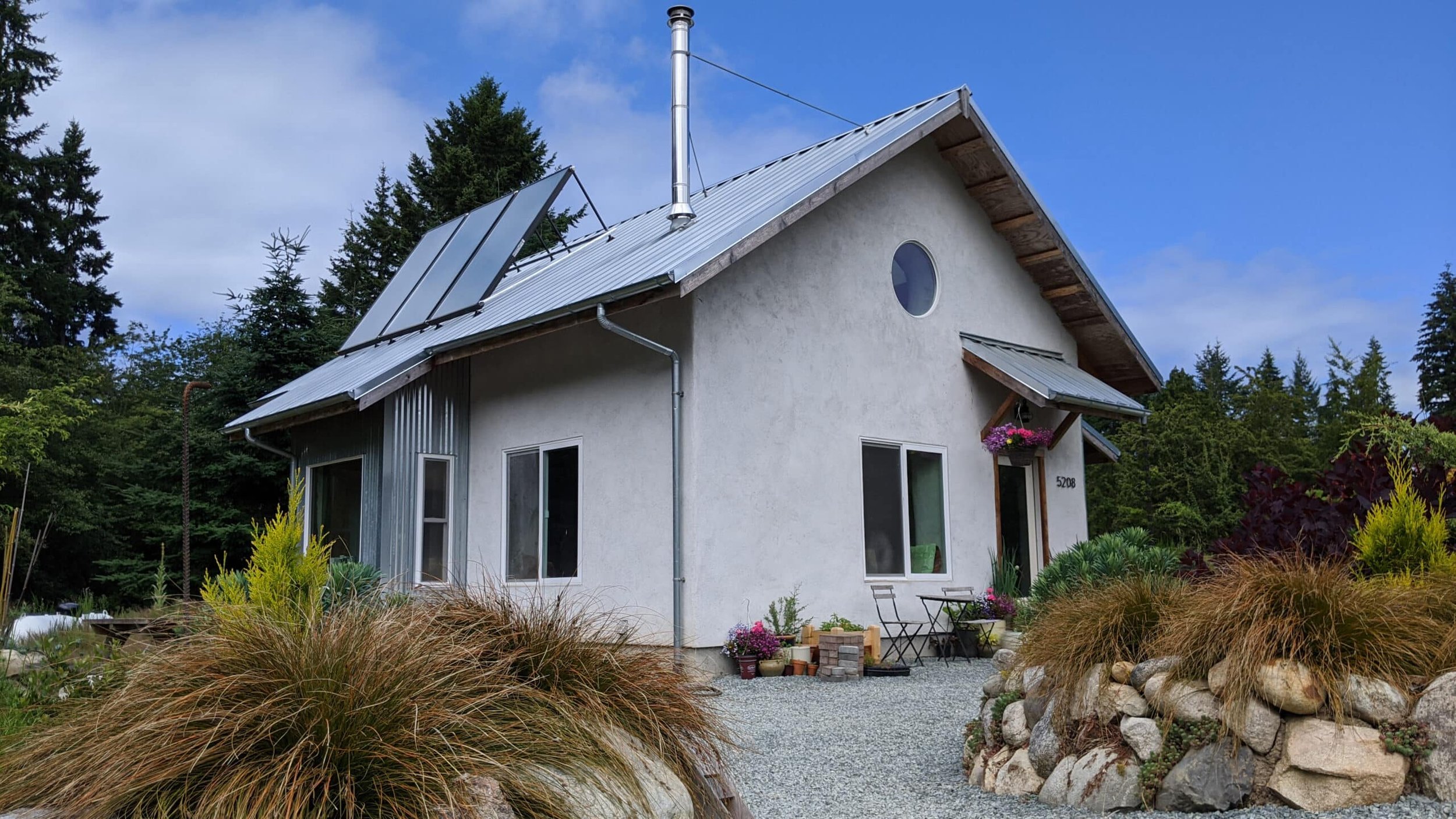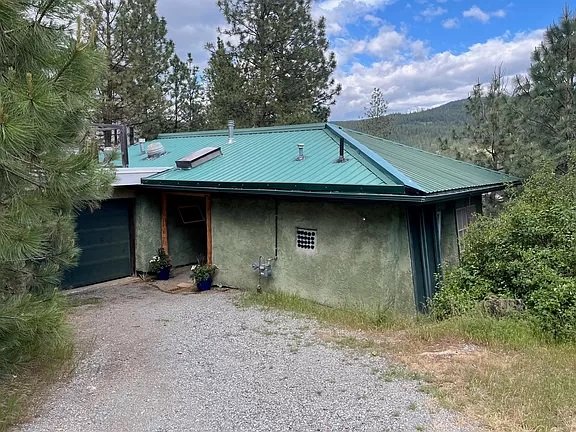
Empowering Straw Bale Builders
Providing straw bale construction resources to support you and your project — at any stage.
We’re So Glad You’re Here
Welcome to your #1 resource on straw bale home construction. You'll find what you need whether you’re a novice or a building professional. Our mission is to empower people to build their dream straw bale home by providing the best instructional resources possible.
Explore our searchable Blog – Resource Library
Get started right away with our FREE 16 Day E-Course
Find inspiration in our Straw Bale Home Photo Gallery
Subscribe to our FREE Straw eNews for community deals and updates
Watch our How-To On-Demand Learning and Videos, which cover all aspects of building, from Foundation to Framing to Baling and Plastering.
Find your dream Straw Bale House Plans
Register for an unforgettable hands-on Straw Bale Construction Workshop
So go ahead, make yourself comfortable, and let’s get started!
Timbo & Dainella
Caretakers of the Strawbale.com Community
(Founded in 2004 by Andrew & Gabriella Morrison)
Why Straw Bale Construction?
Straw bale construction offers exceptional benefits over conventional buildings. The high insulation value of straw bale walls helps keep homes warmer in winter and cooler in summer, reducing energy use by up to 30% compared to standard insulation. Plastered straw bale walls also have high fire resistance, naturally limiting flame spread without additional treatments. With reinforced design, straw bale homes are seismically resilient, meeting or exceeding earthquake standards in areas like California.
Built from renewable, biobased materials, straw bale homes resist pests and mold and maintain superior indoor air quality by avoiding the synthetic materials common in conventional construction. With the right protection against moisture, these homes offer durability comparable to wood-frame houses, creating an eco-friendly, carbon-sequestering option that reduces environmental impact while enhancing comfort and health.
Straw bale construction is officially part of the International Residential Code. Find much more HERE.
You Can Do It!
Since 2004, we’ve written 500+ blog posts, had our FREE e-Course read by 50,000+ people, had 10,000+ watch our videos, and worked with numerous people with private consulting packages. 2,500+ folks have attended strawbale.com workshops.
By interfacing with so many over the years, we’ve learned an undeniable truth: people of ALL ages and abilities, when given the proper instruction and support, are capable of building their own dream straw bale home.
So if you want to do it but aren’t sure you can, you’ve arrived at the right place. 😊
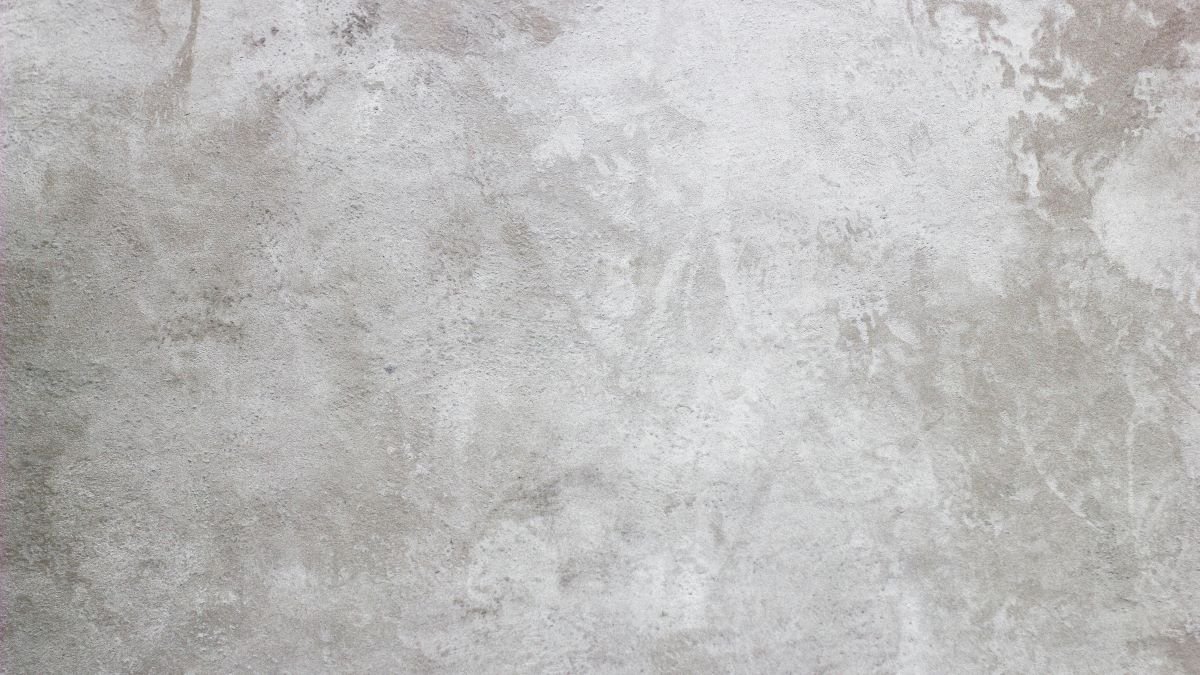
Downloaded by over 50,000 peopleFREE 16-DAY E-COURSE
Design | Framing | Choosing Bales | Shaping Bales | Plastering | Electrical | Plumbing
And Much More
Topics Covered
Get Started Right Away
Sign up for our FREE 16-Day E-Course and receive future strawbale news and updates.
Upcoming Hands-On Workshops
Find Your Dream Straw Bale House Plan
Get Inspired In Our Photo Gallery
Discover A Straw Bale Home For Sale Near You
Love Notes

